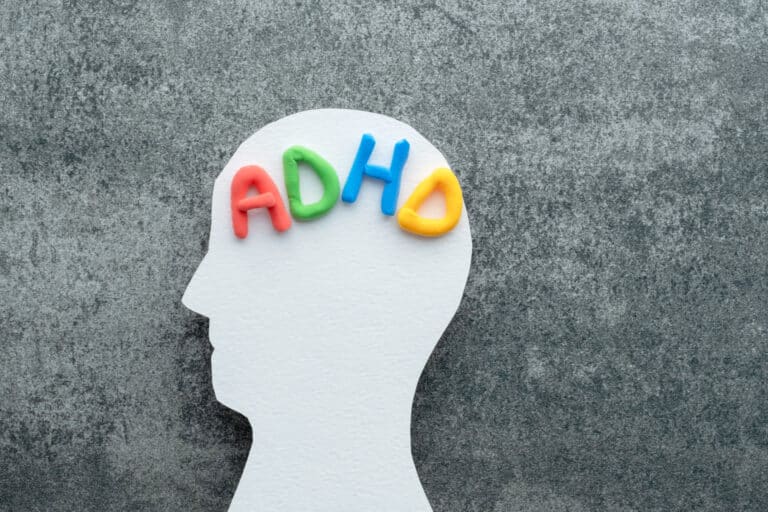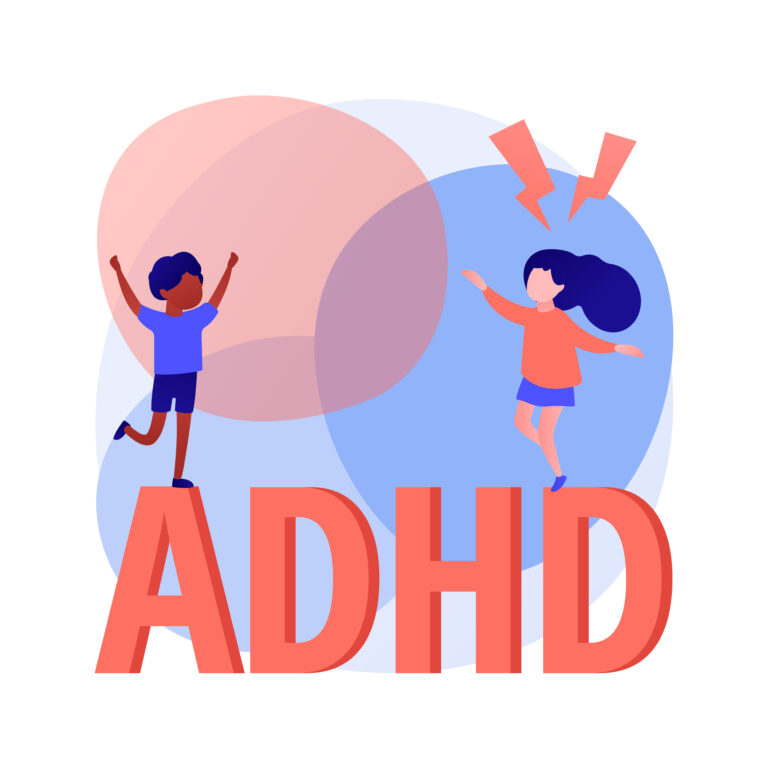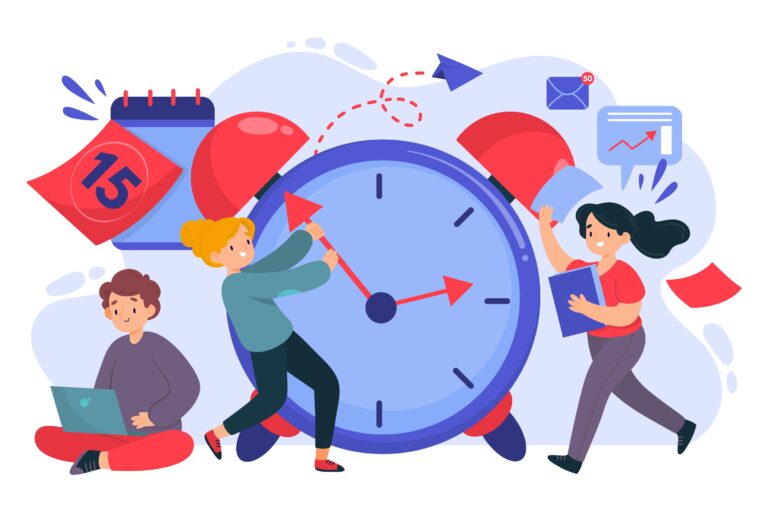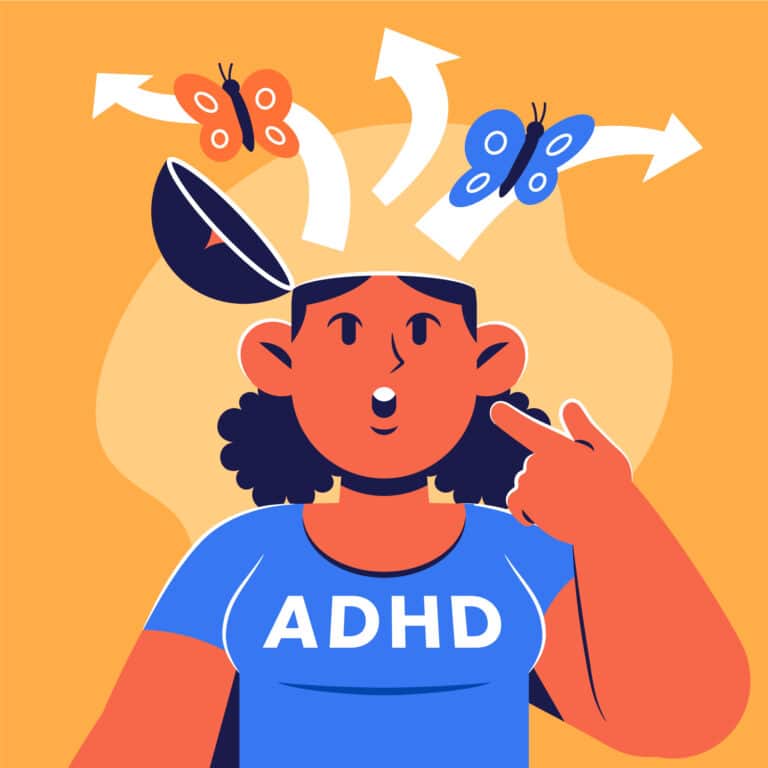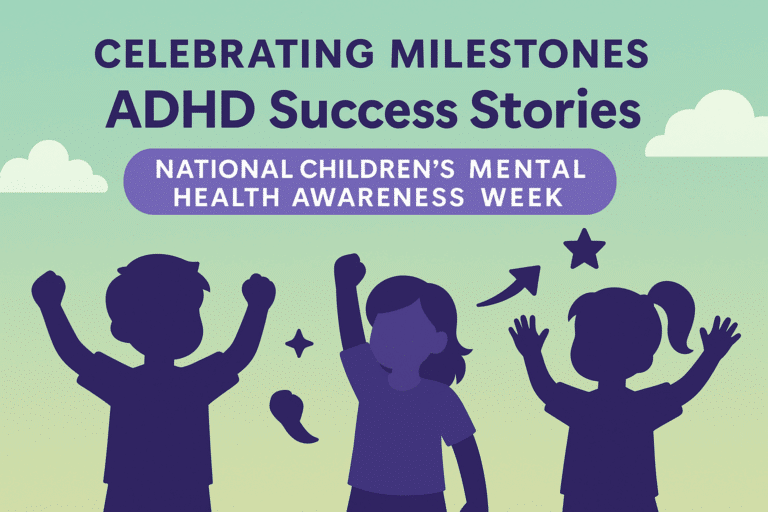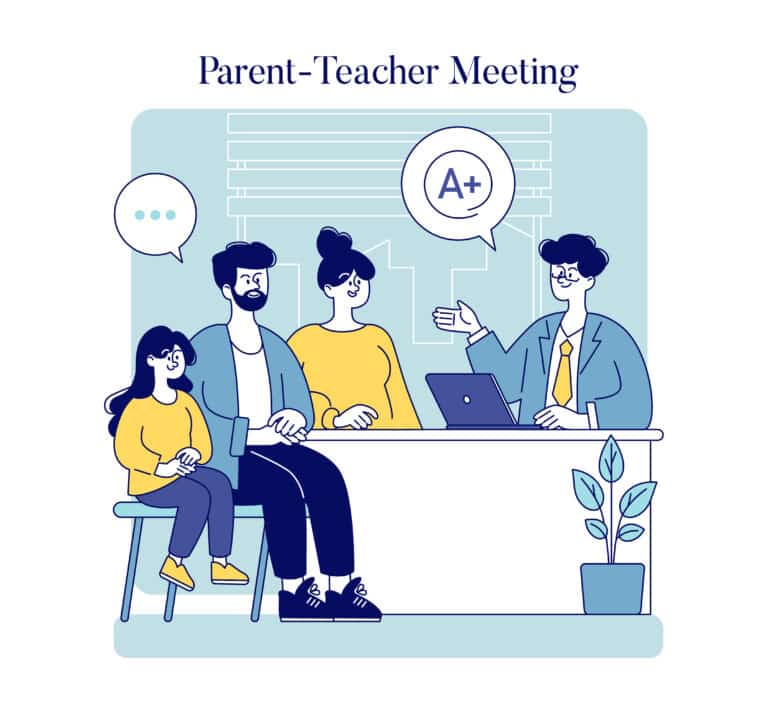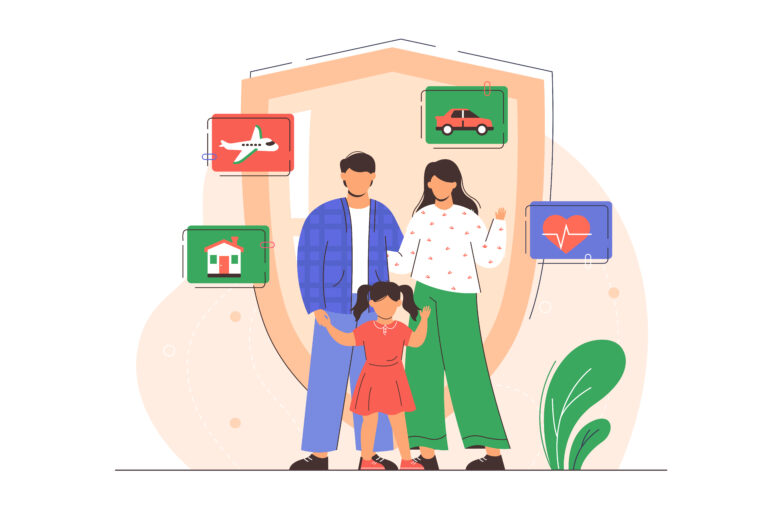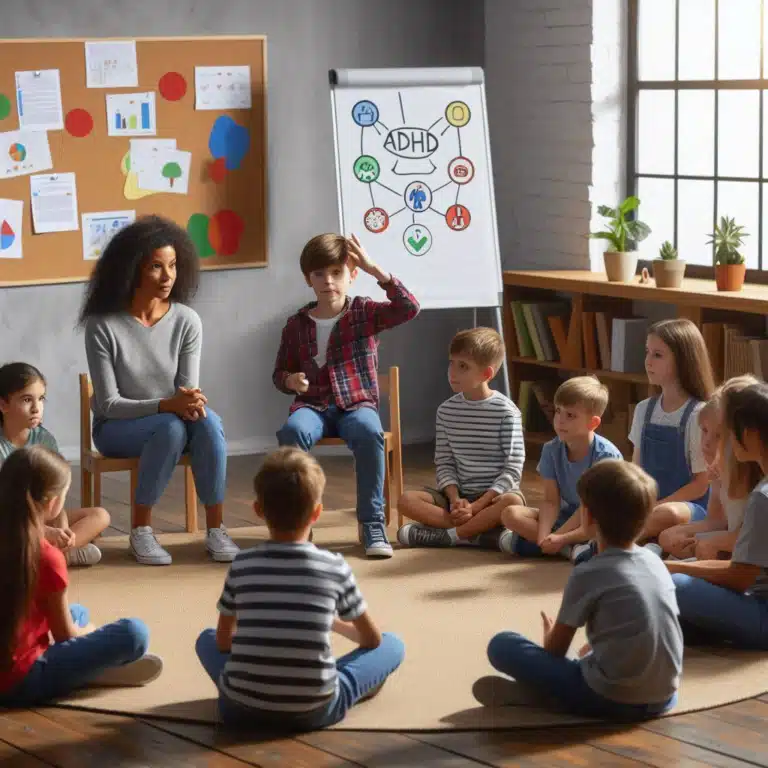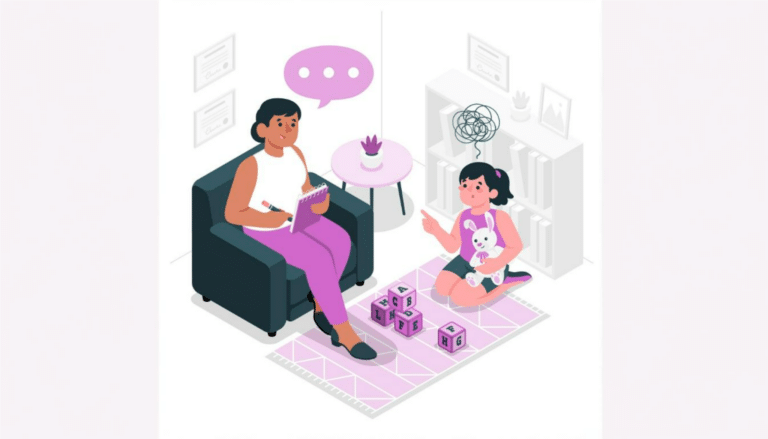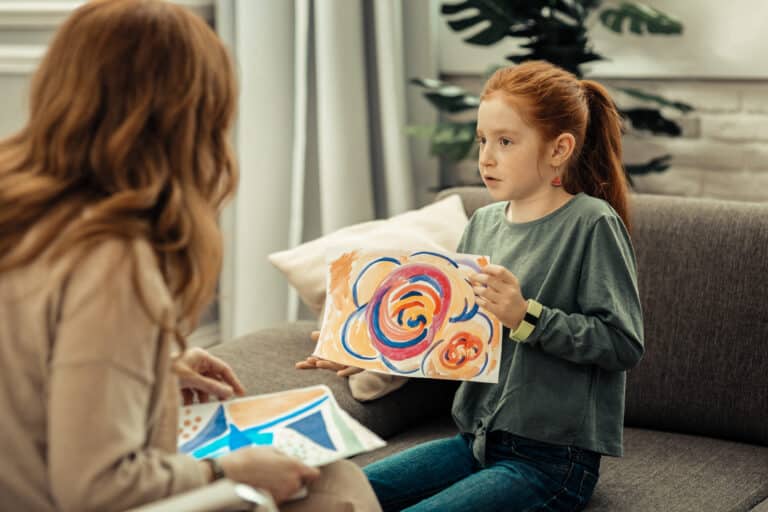Attention Deficit Hyperactivity Disorder (ADHD) often brings to mind symptoms like inattention, impulsivity, and hyperactivity. However, a lesser-known aspect of ADHD is hyperfocus—a state of deep, intense concentration on an activity or task. For children with ADHD, this phenomenon can be both a strength and a challenge, shaping their learning, behavior, and social interactions.
What Is Hyperfocus?
Hyperfocus is the ability to concentrate intensely on an activity that captures one’s interest, often to the exclusion of everything else, which people with ADHD may experience for hours at a time. While this may sound beneficial, it can lead to problems when it interferes with daily responsibilities or social engagement. For example, a child with ADHD may become so engrossed in building a complex LEGO structure or playing a video game that they lose track of time and neglect school assignments or family activities.
This intense focus is not a contradiction to ADHD’s hallmark symptoms of inattention. Rather, it highlights the uneven attention regulation experienced by individuals with ADHD.
The Dual Nature of Hyperfocus in ADHD
The Benefits of Hyperfocus
- Skill Development
- Children with ADHD may excel in activities that hold their interest, such as art, coding, or sports, due to their ability to hyperfocus. This can help them develop unique skills and talents.
- Achievement and Confidence
- Hyperfocus can lead to significant accomplishments, which may boost a child’s self-esteem and provide a sense of purpose.
- Creativity and Innovation
- The deep engagement often associated with hyperfocus can spur creativity, enabling children to think outside the box and explore innovative solutions to problems.
The Challenges of Hyperfocus
- Neglecting Responsibilities
- Hyperfocus can cause children to ignore other important tasks, such as homework, chores, or personal hygiene.
- Social Isolation
- Spending hours engrossed in solitary activities may limit opportunities for social interaction, hindering the development of critical social skills.
- Difficulty Transitioning
- Children with ADHD often struggle to shift their focus from the object of hyperfocus to other necessary tasks, leading to frustration and potential conflicts with caregivers or teachers.
The Science Behind Hyperfocus
Hyperfocus is linked to the brain’s dopamine regulation. Dopamine is a neurotransmitter that plays a key role in motivation and attention. Individuals with ADHD often have lower dopamine levels, which may cause them to seek out highly stimulating activities that provide a surge of this chemical. Once engaged, the dopamine-driven focus can become intense, making it hard to break away.
Strategies for Managing Hyperfocus in Children with ADHD
1. Establish a Structured Routine
Setting clear expectations and creating a consistent daily schedule can help kids with ADHD balance their interests with responsibilities. Incorporate breaks and transitions to avoid prolonged periods of hyperfocus.
2. Use Timers and Visual Cues
Timers, alarms, or visual reminders can signal when it’s time to stop an activity and move on to another. This helps children stay on track without feeling overwhelmed.
3. Encourage Open Communication
Talk with your child about hyperfocus and help them understand hyperfocus when it’s happening. Collaborate to find ways to manage it effectively without dismissing their passion for certain activities.
4. Leverage Hyperfocus for Growth
Identify activities where hyperfocus can be beneficial, such as learning a new skill, pursuing a hobby, or tackling complex projects. Celebrate their achievements to build confidence.
5. Seek Professional Support
A therapist or ADHD coach can offer tailored strategies to help children manage hyperfocus. Pathformers’ ADHD courses provide caregivers and educators with tools to support children in navigating these challenges.
Helping Your Child Thrive With Hyperfocus
Hyperfocus is not inherently a problem; it’s a unique aspect of ADHD that can be harnessed for positive outcomes. By understanding and supporting your child, you can help them channel their focus into productive and fulfilling pursuits while maintaining a healthy balance in other areas of life.
Frequently Asked Questions About Hyperfocus and ADHD
Q: Is hyperfocus common in children with ADHD?
A: Yes, hyperfocus is a common symptom of ADHD. While not everyone with ADHD experiences it, many children and adults report periods of intense concentration on specific tasks.
Q: Can hyperfocus be a positive trait?
A: Absolutely. When managed effectively, hyperfocus can help children develop specialized skills and achieve remarkable accomplishments in areas of interest.
Q: How can I tell if my child is hyperfocusing?
A: Signs include becoming deeply engrossed in an activity, ignoring their surroundings, and losing track of time, which may indicate they are experiencing hyperfocus. They may also have difficulty transitioning to other tasks.
Q: How can I help my child balance hyperfocus with other responsibilities?
A: Use structured routines, timers, and open communication to help your child recognize and manage hyperfocus. Encourage breaks and transitions to maintain balance.
Q: Are there treatments for hyperfocus?
A: While hyperfocus itself doesn’t require treatment, strategies to manage ADHD—such as behavioral therapy, medication, and skill-building courses—can help children regulate their attention more effectively.
Unlock Your Child’s Potential
Every child with ADHD has unique strengths, and hyperfocus can be one of them. By embracing and managing this trait, you can help your child achieve their goals while maintaining balance in their daily life. Explore Pathformers’ ADHD courses to learn practical strategies and insights for supporting your child. Together, we can build a brighter path forward, fostering growth, resilience, and success.







